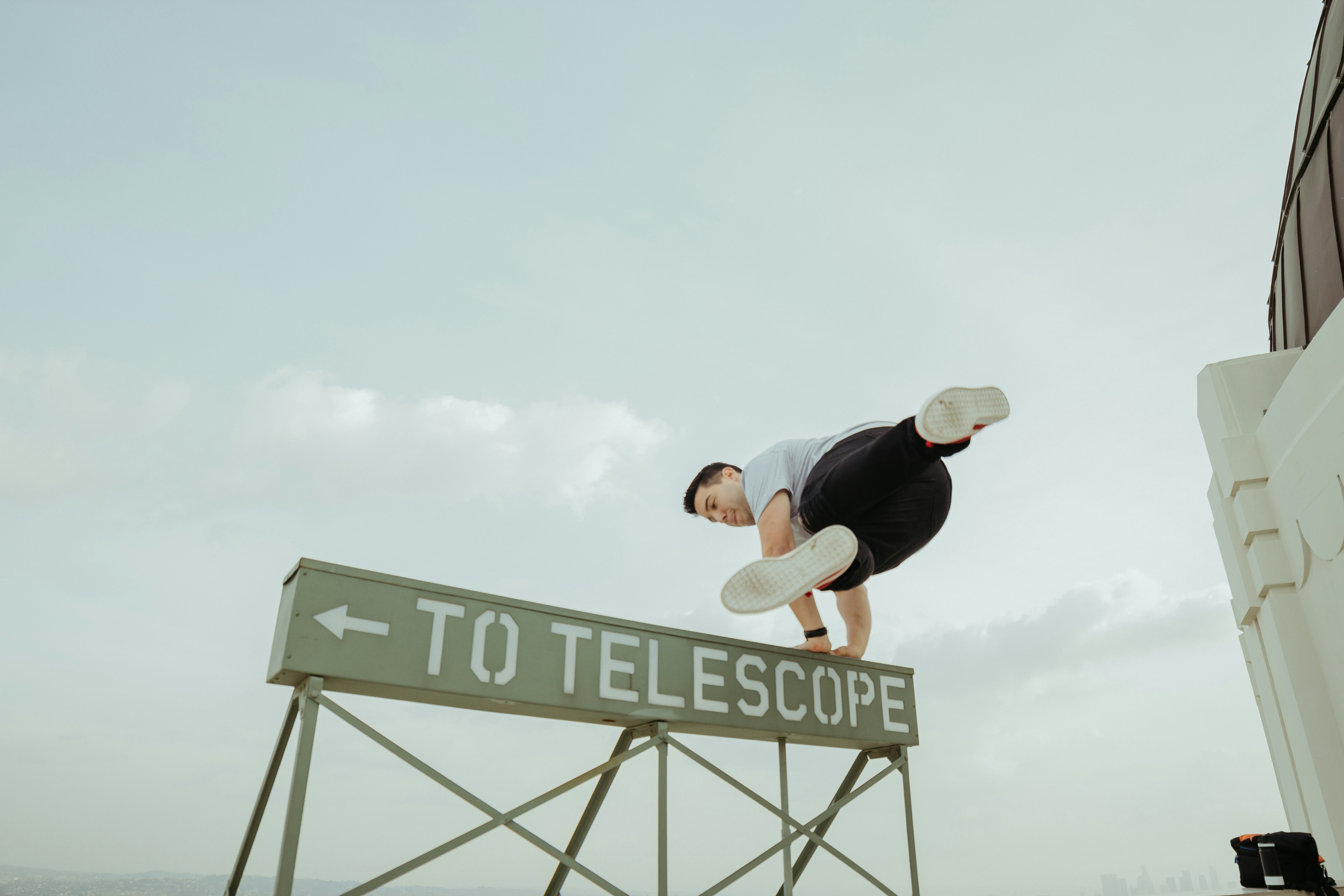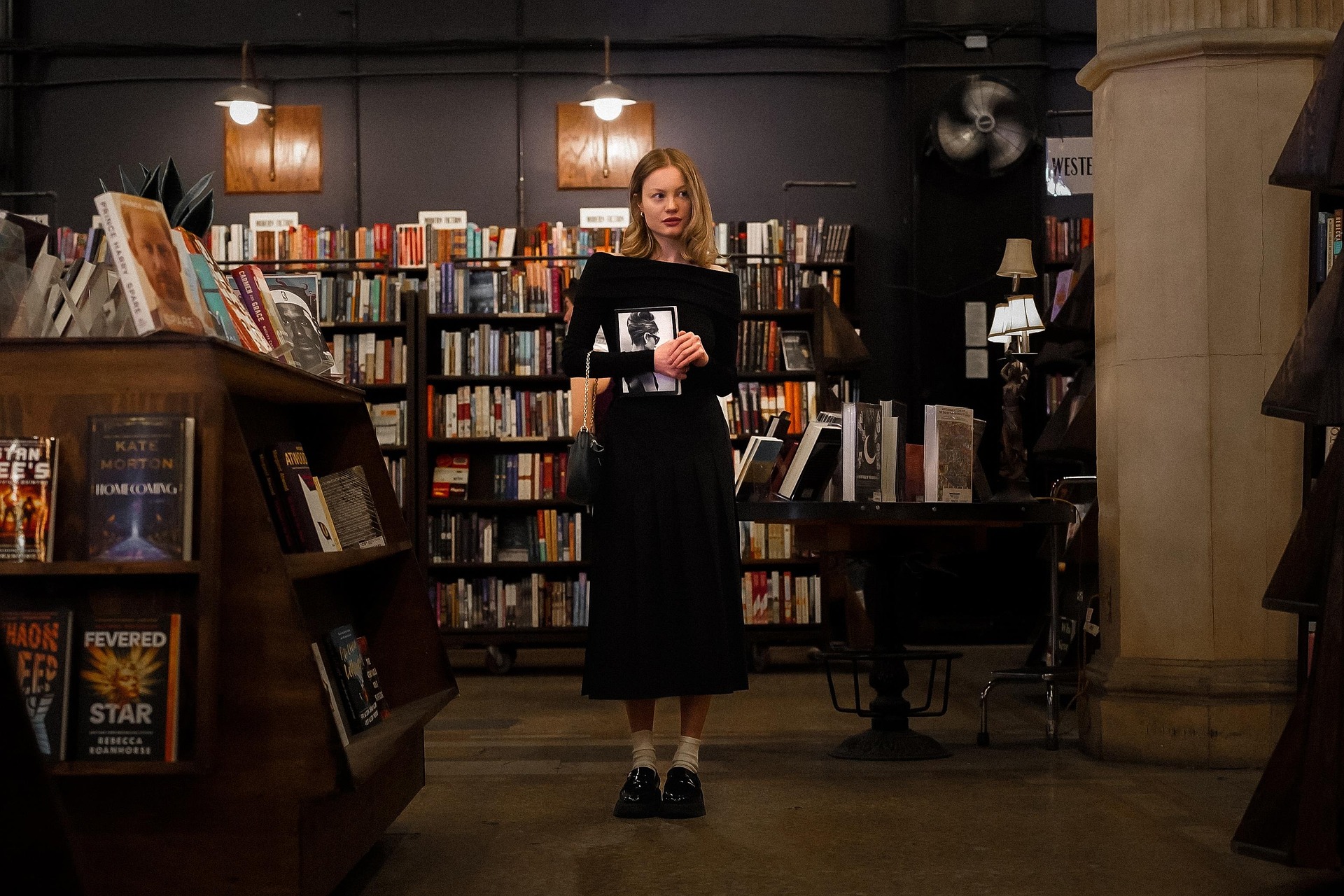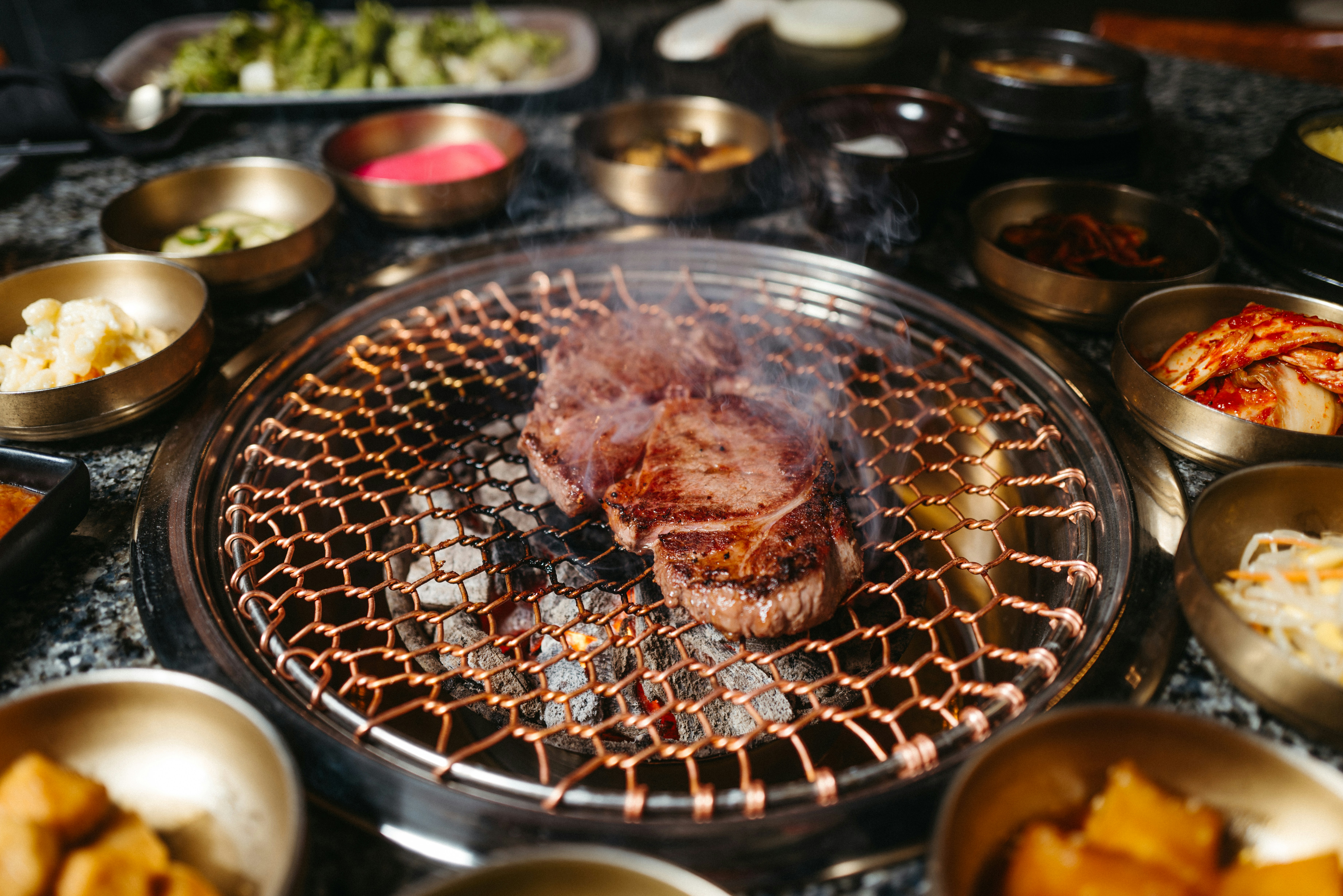Redefining Physical Aptitude: A Dive into Parkour
Immerse yourself in the captivating world of parkour—a sport with roots in military obstacle training that has metamorphosed into a freestyle urban movement. Explore its history, current trends, its pros and cons, and be inspired by real-world applications.

From Military Obstacle Training to Urban Movement
Parkour, originating from the French phrase “parcours du combattant,” translates to ‘the way of the fighter.’ Historically, it was a physical training regimen designed to prepare soldiers for grappling with natural and man-made obstacles during warfare. Georges Hébert, a French naval officer, devised it in the early 20th century. However, it was David Belle, a French physical educator, stuntman, and actor who popularized Parkour in the late ’80s, transforming it into an urban subculture.
Understanding the Genesis of Parkour
The modern incarnation of parkour, heavily influenced by David Belle, is not just about physical ability but also mental strength. It encourages participants, known as traceurs or traceuses, to overcome obstacles using swift and efficient movements. A distinct philosophy drives Parkour, emphasizing self-improvement, respect, humility, and improving one’s environment.
Current Trends and Developments
Parkour has evolved from a niche activity to a global phenomenon. With its portrayal in movies, music videos, and video games, it has vastly grown in popularity. Even sports giants like Red Bull host international parkour events. The sport’s increasing popularity has led to an influx of training facilities worldwide. However, concerns about safety and calls for regulation have emerged alongside its popularity.
Unleashing Potential and Navigating Challenges
Parkour’s benefits extend beyond physical fitness. It promotes mental well-being, resilience, creativity, and strategic thinking. Yet, like any sport, it comes with challenges. The lack of formalized training standards and risks of injury are among the main concerns plaguing its growth. Critics argue that reckless behavior exhibited by some traceurs could endanger not only themselves but also bystanders.
Taking the Leap: Real-world Applications of Parkour
Parkour is making an impact beyond urban backdrops and YouTube videos. Its principles are applied in various sectors, including disaster response training, film industry stunts, and even in architectural design, with architects considering how parkour movement can influence city planning and design.
Parkour’s journey from a military training regimen to an international movement is a testament to the limitless potential of sports to transcend their original purpose. As we continue to define and expand our understanding of fitness, sports like parkour challenge us to rethink traditional workout regimes and open up new possibilities for physical and mental empowerment.




